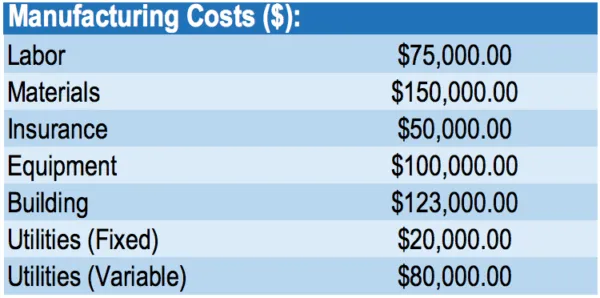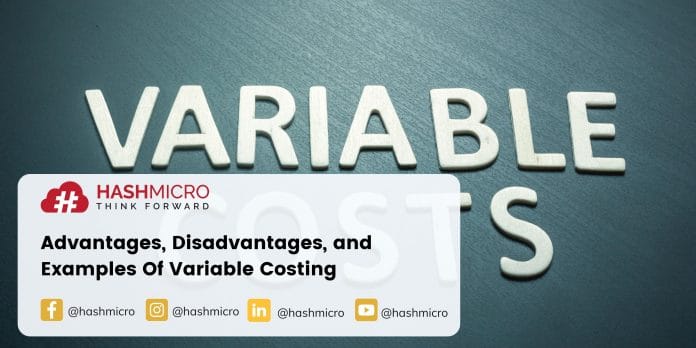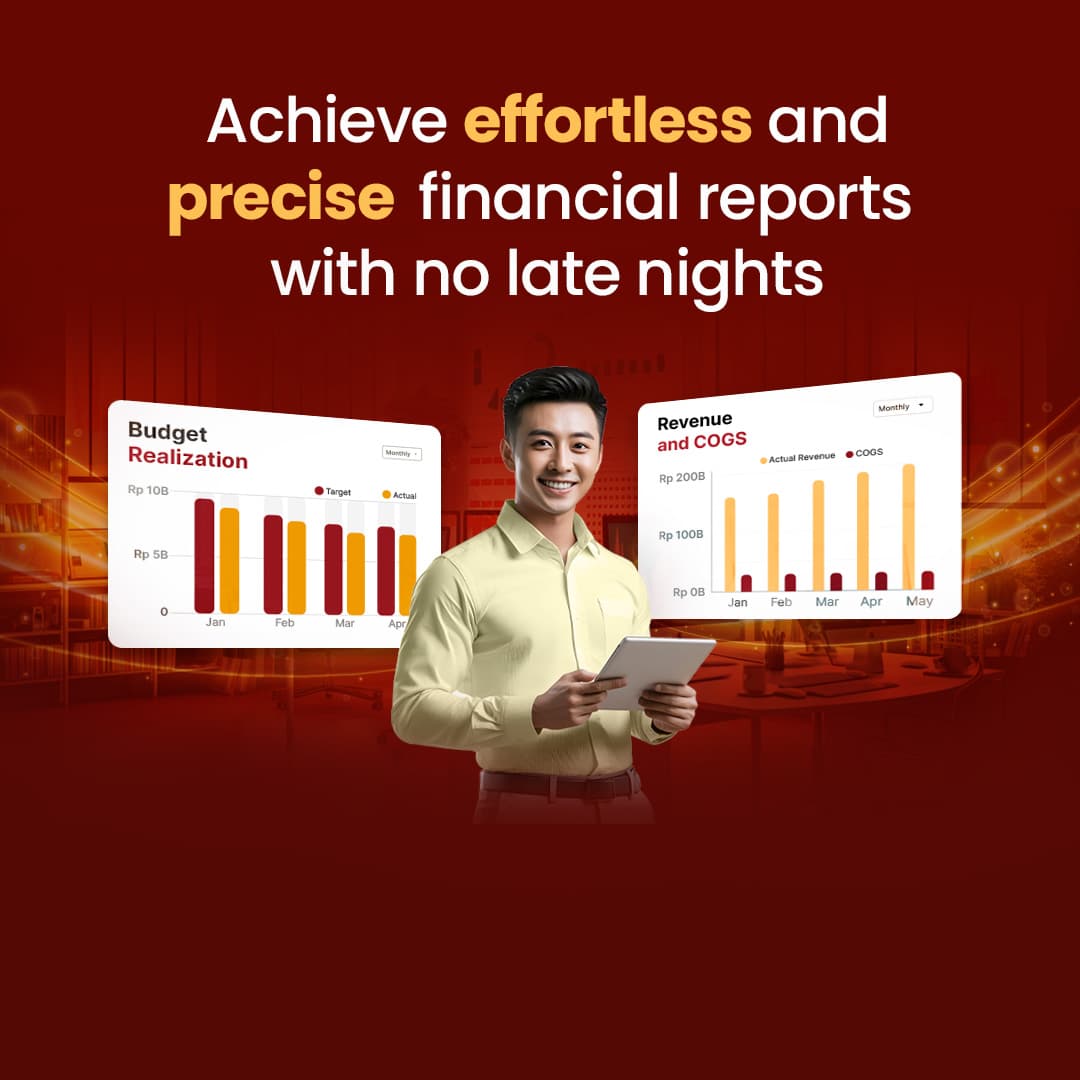Variable costing is a method that only considers variable costs in calculating production expenses. This method works by focusing on costs that change with production levels, such as raw materials and direct labor.
Have you ever wondered how businesses keep costs manageable while maximizing profits? Variable costing helps businesses make smarter decisions by highlighting production cost patterns.
Businesses can simplify this process by using an integrated system like HashMicro’s Accounting Software. With real-time insights and automated calculations, it effortlessly ensures precise cost management.
Furthermore, this article will explore the definition of variable costing and its strengths and limitations. You’ll also find practical examples to help you understand its application in business.
Key Takeaways
|
Table of Content:
Table of Content
What is Variable Costing?
Businesses use two basic costing approaches variable costing and full costing. Variable costing, also known as marginal costing, is mainly used for internal reporting. Whereas, full costing, also known as absorption costing, is mainly for external reports.
Fixed manufacturing overhead costs are expensed in the period in which they are incurred under direct costing. The product carries these costs until it is sold, at which point they are deducted from the income statement as costs of goods sold. On the contrary, absorption costing allows income to rise in tandem with production.
Also read: What are The Differences between Expense and Cost in Accounting?
What is the Full Costing?
Businesses use two basic costing approaches: variable costing, also known as marginal costing, mainly used for internal reporting, and full costing, also known as absorption costing, mainly for external reports.
Fixed manufacturing overhead costs are expensed in the period in which they are incurred under direct costing. The product carries these costs until it is sold, at which point they are deducted from the income statement as costs of goods sold. On the contrary, absorption costing allows income to rise in tandem with production.
Also read: COGS (Cost of Goods Sold) – A Component in Business You Have to Know
Businesses use full costing to determine the total cost of something. For example, in financial statements to record the total cost of inventory. In addition, financial reporting under a variety of accounting frameworks requires full costing, including Generally Accepted Accounting Principles and International Financial Reporting Standards, as well as income tax reporting.
The basic idea behind full costing is to assign all variable costs to a cost object and allocate overhead costs. A cost object is anything that collects cost information, such as a customer, product, service, store, geographic region, product line, and so on. As a result, the costs that the manufacturer will assign under full costing are as follows:
- Materials in direct contact
- Explicit labor
- Commissions
- Variable overhead has been allocated
- Fixed overhead has been allocated
Also read: Cost Structure: Definition, Component and Example
The Purpose of Variable Costing
The purpose of variable costing is to provide information for management in short-term decision-making, namely:
- The management can find out the contribution limit that is useful for determining the planned profit through the analysis of the cost-volume-profit relationship and for decisions for management in making short-term policies.
- Management has the convenience of facilitating operational status monitoring, making assessments, and accountability to other departments within the company.
What are the advantages of Full Costing and Variable Costing?
For most of you who may still be confused about choosing the suitable method for your business, the continuation of this article can add to your insight before making the appropriate choice.
The advantages of the full costing method
Full costing has several advantages.
- Full costing yields more accurate production costs. The company takes into account all overhead costs.
- Inventory levels are higher. Because it includes fixed costs in calculating production costs, the cost is attached to the product as long as it has not been sold. As a result, inventory figures increase.
- Both operating profit and net income increased. Because it is linked to a product, the firm will only recognize fixed overheads in the cost of goods sold when the product is sold. Even if it has not been sold, the overhead costs will remain attached to the inventory. When compared to variable costing, this results in a higher operating profit figure. Under variable costing, on the other hand, the company recognizes overhead costs as operating expenses even though they have not been sold.
Also read: What is the Cost of Revenue and How to Calculate it?
The advantages of variable costing
The benefits of variable costing are as follows:
Operations planning
Variable costing provides management with data on variable costs and contribution margins needed to make daily decisions on special orders, capacity expansion, and production shutdown.
CVO analysis
In variable costing, income statements show gross contribution margin, contribution margin, and total fixed cost which we can use while using the c-v-p analysis.
Product costs
The selling price for a custom order takes into account the variable cost of production. Therefore, variable costing can quickly provide data on variable production costs.
Management decisions
The management can better understand the impact of period costs on profits by using variable costing income statements.
Management control
Variable costing reports are far more effective for management control than absorption costing reports because profit goals link with variable costing reports and can identify organizational responsibility.
Budgeting
The manufacturer only considers variable manufacturing costs to ease cost control.
Profit change
Sales affect variable costing net income. As a result, it is clear how much the manufacturer will earn additional profit from increased sales.
What are the disadvantages of Full Costing and Variable Costing?
Disadvantages of the full costing method
Full costing is less proper in practice because managers are more likely to require the incremental cost of something (indirect costing) or the amount of bottleneck capacity that a cost object consumes (as in throughput analysis). The following are some of the issues that have arisen as a result of full costing:
- Setting the price. Suppose the sales department has to set product prices higher than the full cost of a product. In that case, the resulting prices may be exorbitant, especially in incremental pricing situations where the company has excess capacity and could realistically set prices just above direct cost levels. This is especially problematic when competitors price solely on their direct costs, resulting in much lower prices.
- Fraud. Someone could authorize a significant increase in production and use full costing to allocate overhead to units that will be kept in inventory, effectively deferring the recognition of overhead expenses to a later period. This can generate short-term profits.
- Problems with allocation. We cannot reliably overhead to cost objects by definition; otherwise, they would be direct costs. As a result, an overhead allocation method may assign unnecessary costs to a cost object. We can mitigate this problem can by employing activity-based costing, a more precise method of cost allocation.
Disadvantages of variable costing
Despite all of its benefits, we cannot describe variable costing as flawless. It has the following limitations and disadvantages:
- Cost inaccuracy: A directly identifiable fixed cost that is specifically related to production. However, all fixed costs are treated as period costs. As a result, the production cost may be inaccurate.
- Long-term pricing: Variable costing is ineffective for long-term pricing because it does not account for fixed factory overhead as a product cost.
- Undervaluation of inventory: Variable costing undervalues finished goods and work-inprogress. This is due to the absence of fixed factory overhead in the product cost. As a result, the balance sheet does not provide an accurate and fair picture.
- External reporting and tax reporting: Until now, external reporting and tax reporting have not accepted variable costing. It applies only to internal management. Variable costing is not in accordance with GAAP.
- It is difficult to separate costs into fixed and variable components, especially when the costs are semi-variable.
- In the long run, there is no fixed cost.
Example of Variable Costing
IFC is a phone case manufacturer. The following are excerpts from the company’s income statement for the most recent fiscal year (2018):

IFC does not publish an inventory of available positions. However, in 2018, the company produced 1,000,000 phone cases, with total manufacturing costs of $598,000 (approximately $0.60 per phone case). The manufacturer recently received a special order for 1,000,000 phone cases at a total cost of $400,000.
Despite having ample capacity, the manager is hesitant to accept this special order because it is less than the $598,000 cost outlined in the company’s income statement to manufacture the initial 1,000,000 phone cases. As the company’s cost accountant, the manager wants you to decide whether or not to accept this order.
Related article: Fixed Costs and Variable Costs: Get to Know the Definition and the Examples!
First, it is critical to understand that the $598,000 in manufacturing costs for 1,000,000 phone cases include fixed costs such as insurance, equipment, building, and utilities. As a result, when deciding whether to accept this special order, we should employ variable costing.
Variable costing:
- Direct material of $150,000
- Direct labor of $75,000
- Variable manufacturing overhead of $80,000
Total = $305,000 / 1,000,000 units produced = $0.305 variable cost per case
The cost to produce a special order of 1,000,000 phone cases = $0.305 x 1,000,000 = $305,000. Therefore, there is a contribution margin of $400,000 – $305,000 = $95,000.
The manufacturer should accept the special order based on their variable costing method. The special order will increase the company’s profits by $95,000.
Understanding why the manager was hesitant to accept the order is critical. In decision-making, the manager included fixed costs in the cost calculation, which is incorrect. Due to ample capacity, the company will incur no additional fixed costs to produce the special order of 1,000,000. As you can see, variable costing is crucial in decision-making!
Conclusion
Thus a brief explanation of variable costing and the difference between it and full costing. Variable costing is a method of calculating all costs used to make a product. These costs have the amount that continues to change according to the volume of business activities.
Full costing is an accounting method that explains all costs that companies incur in the production process, such as variable, fixed, direct, and investment costs.

If the implementation of the two methods is still too complex, you can use the Accounting System from HashMicro. This system helps you to know the financial condition of each branch of the business with in-depth analysis and accurate estimation of your income and reduces time-consuming manual accounting processes such as bookkeeping, asset depreciation calculations, and others.
There are still other exciting features that you can apply. So what are you waiting for? Get the free demo today!
{ “@context”: “https://schema.org”, “@type”: “FAQPage”, “mainEntity”: { “@type”: “Question”, “name”: “What are variable costs?”, “acceptedAnswer”: { “@type”: “Answer”, “text”: “Variable costs are costs that change in proportion to business activities.” } } }



































